How To Waterproof Glass In Plywood Aquariums - Quick Guide [2025]

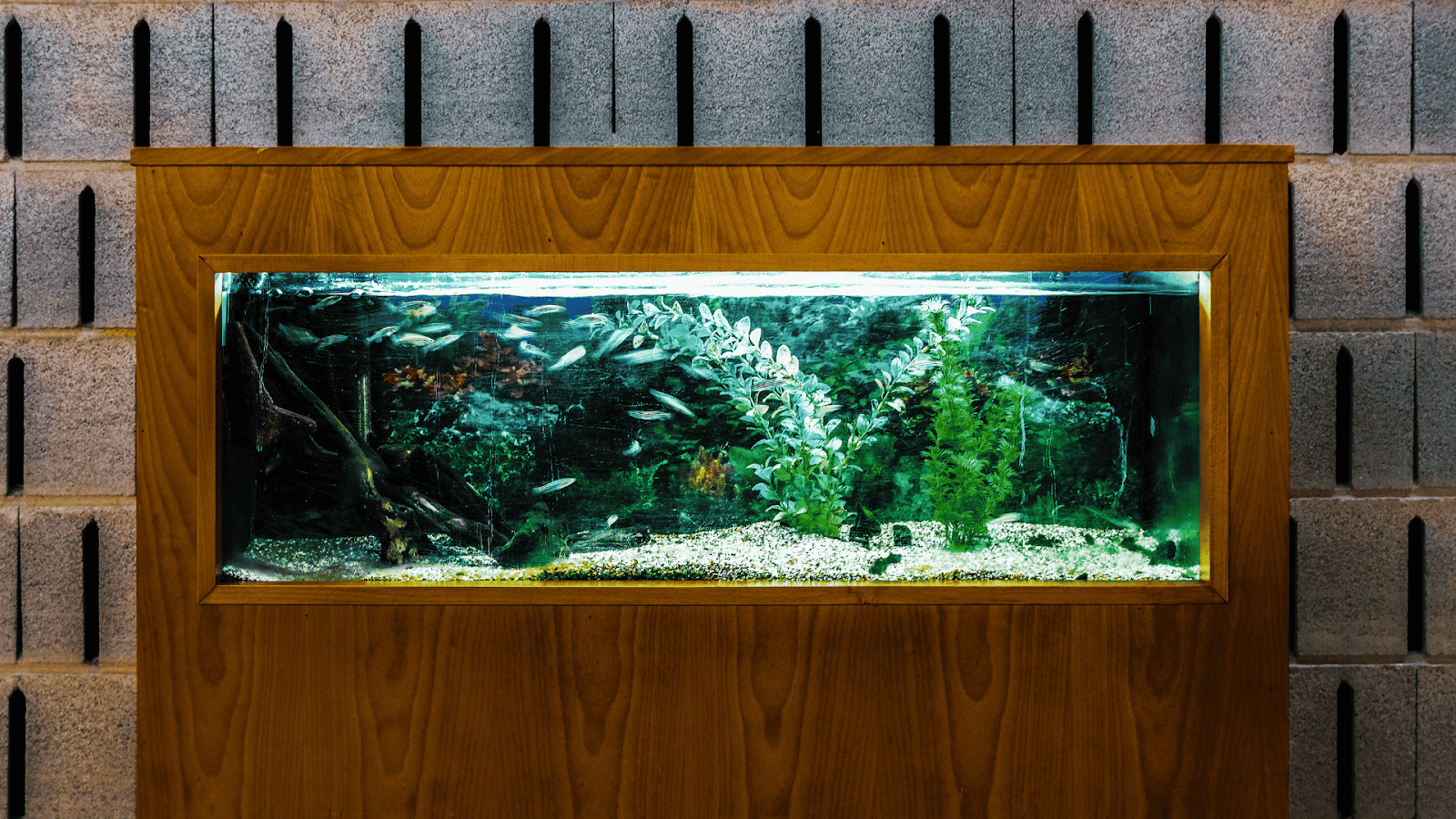
Building a plywood aquarium with a glass window requires a deep understanding of both wooden aquarium construction and expert aquarium glass installation.
With over 30 years of experience in aquarium glass/window installation combined, with this guide I decided to aim to equip DIY enthusiasts and professionals alike with detailed, actionable steps to waterproof glass in plywood aquariums.
Correct waterproofing ensures longevity and safety, as plywood’s natural tendency to absorb moisture and the immense water pressure on glass windows demand meticulous sealing techniques.
In this article, I tried to cover everything from waterproofing basics to step-by-step installation and sealing, blending industry best practices with expert craftsmanship.
Let’s begin.
TL;DR – Core Takeaways
- Waterproof glass in plywood aquariums demands marine-grade sealants to prevent leaks and enable longevity.
- Plywood must be properly sealed with flexible, waterproof coatings like epoxy or liquid rubber before glass installation.
- Glass thickness and type (tempered or laminated) should be chosen based on water depth and pressure calculations.
- Seal the glass to plywood using high-quality aquarium silicone applied in consistent, thick beads.
- Precision framing and rebate leveling are crucial for uniform sealing and structural integrity.
- Use compression gaskets and surface preparation (cleaning, priming) to enhance sealant adhesion.
- Always perform a hydrostatic water test after installation before finalizing the setup.
- Experienced installers recommend layered waterproofing methods adapting to plywood's slight dimensional movements.
- For professional results and risk mitigation, consult expert aquarium glass/window installation services (such as Hammerhead Aquatics).
Now let’s get into the details.
Understanding Waterproofing Challenges in Plywood Aquariums
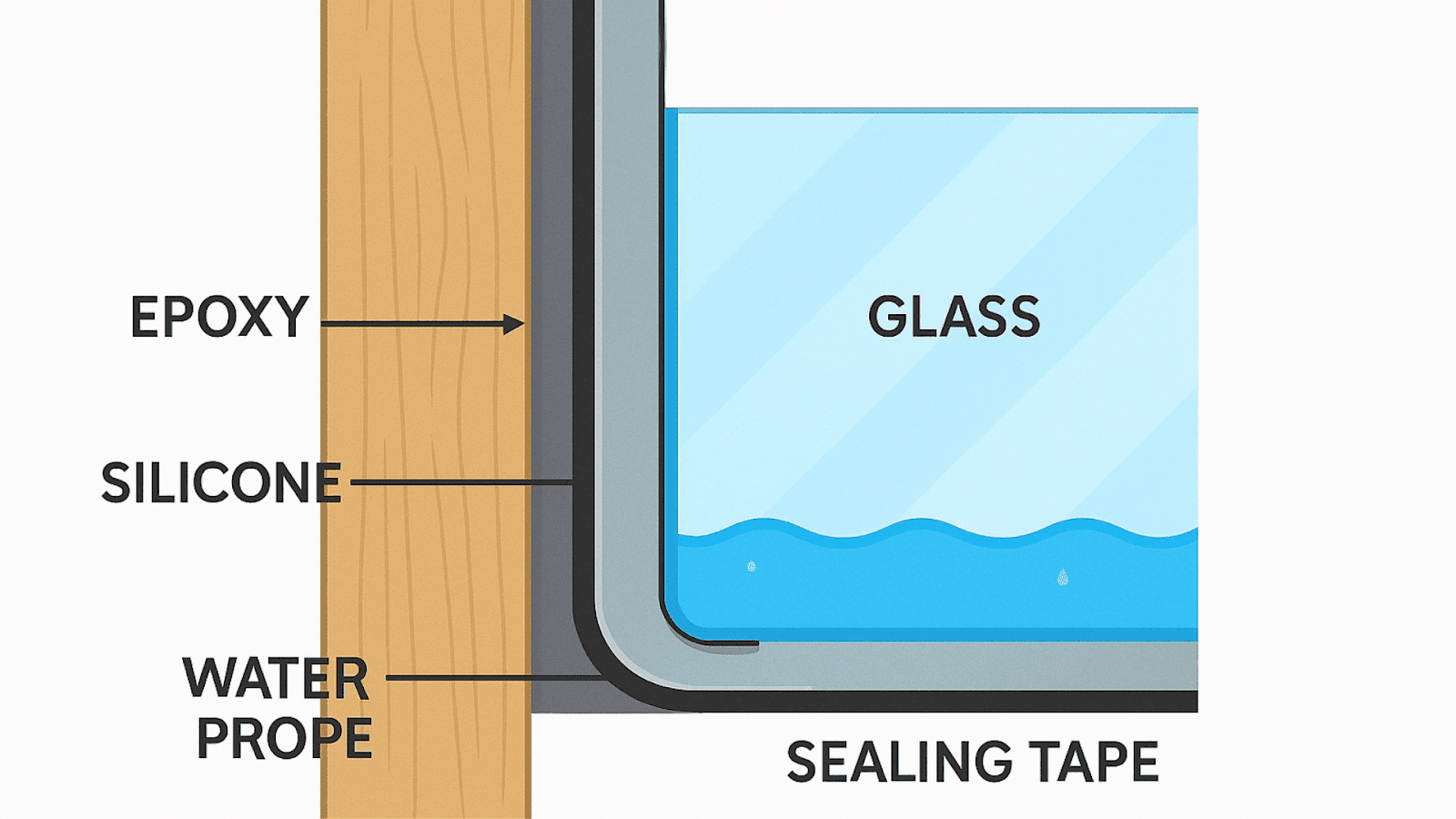
Plywood aquariums combine the warmth and stability of wood with the transparency and beauty of glass viewing panels. However, plywood’s porous nature and dimensional changes with moisture can jeopardize aquarium integrity. Water pressure against the aquarium glass adds stress that can quickly expose any waterproofing flaws. This is why specialized waterproofing approaches for both the plywood structure and glass window seals are mandatory.
Materials and Tools for Waterproofing
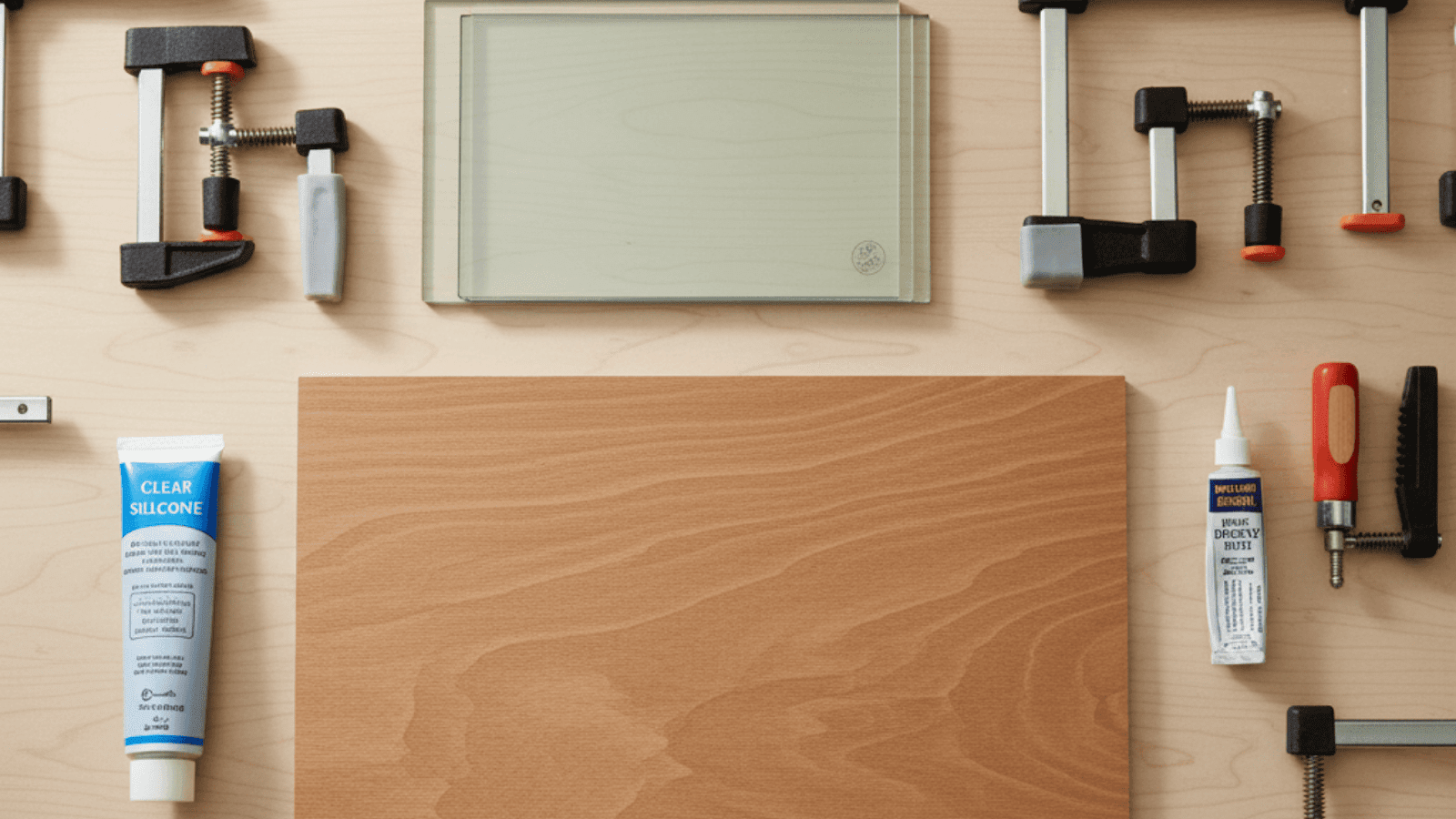
- Marine-grade plywood sealed with epoxy or flexible liquid rubber membranes.
- Aquarium-grade silicone sealants rated for constant submersion.
- Tempered or laminated glass windows sized according to engineering pressure calculations.
- Fasteners such as stainless steel screws to avoid corrosion.
- Surface prep materials: degreasers, primers, and cleaning cloths.
- Clamps and tools to hold glass precisely in place during curing.
Step-by-Step Guide to Waterproofing Glass in Plywood Aquariums
Now, let’s look at a step-by-step process for this.
1. Prepare and Seal the Plywood Base
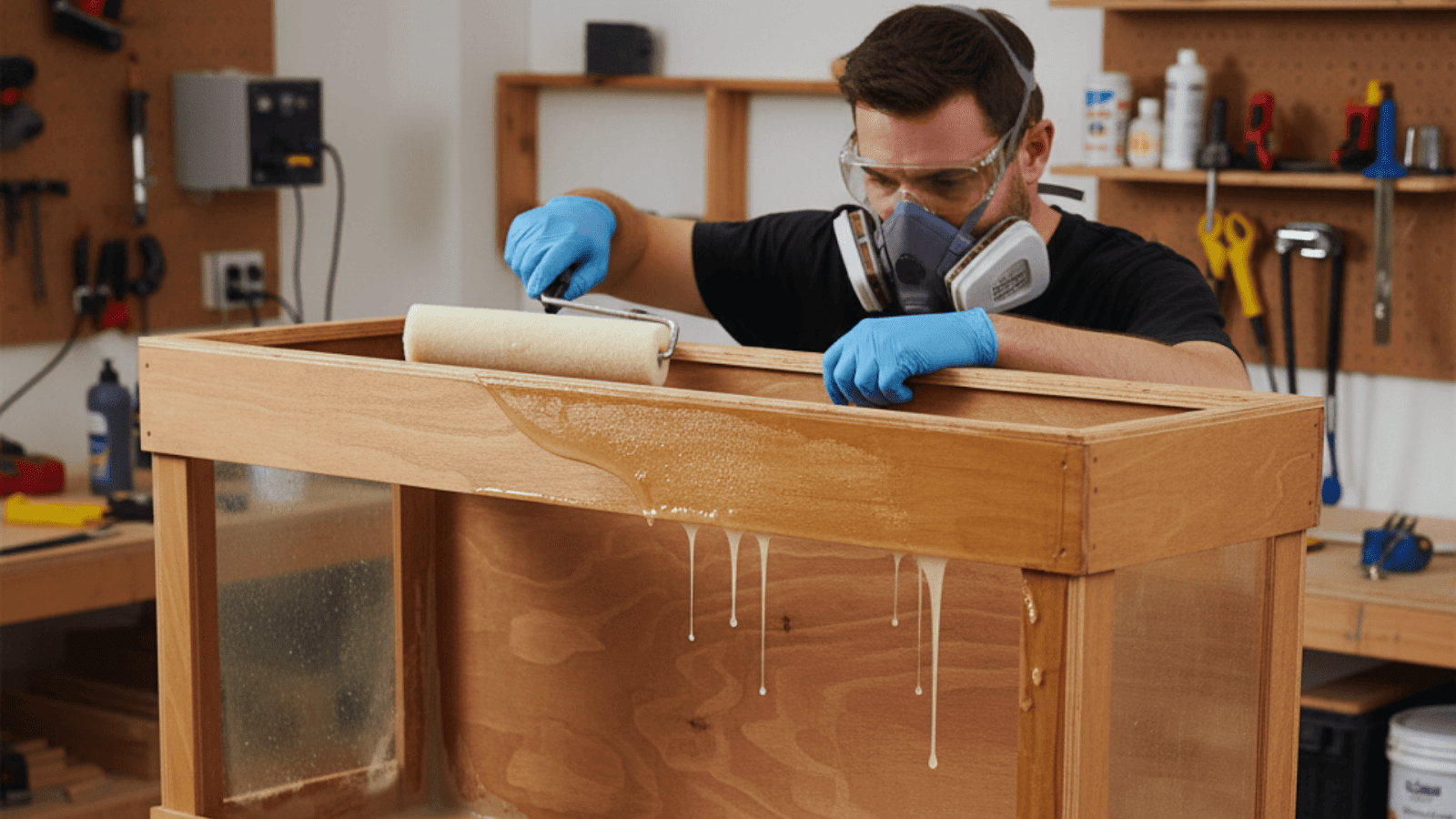
Before installing glass, waterproof the plywood inside surfaces with multiple coats of epoxy or liquid rubber sealants.
These materials penetrate deeply and create flexible membranes that accommodate plywood expansion without cracking. Let each coat fully cure in well-ventilated conditions.
2. Cut and Choose Appropriate Glass
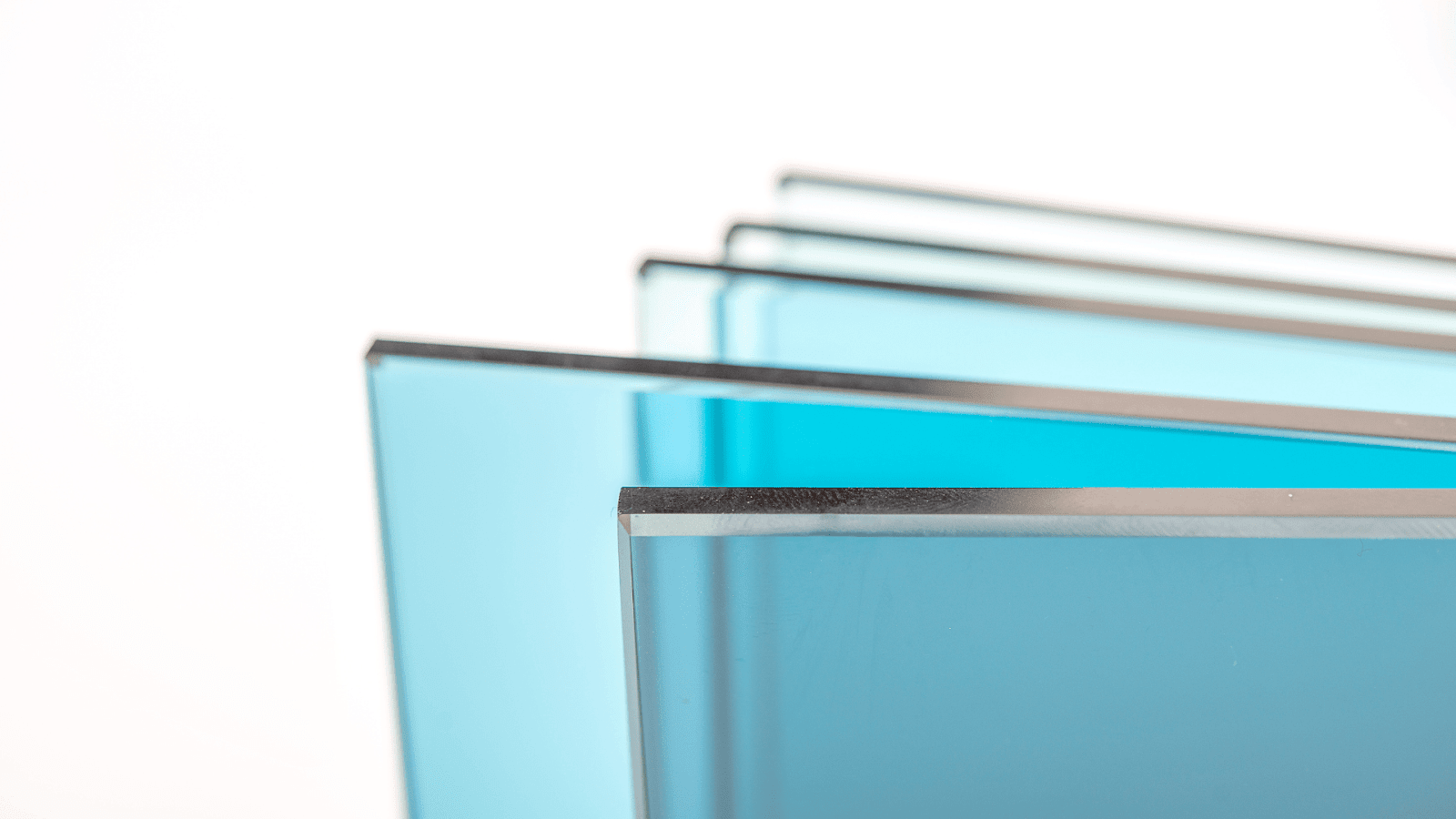
Select glass thickness using professional charts based on aquarium depth and width.
For water depths around 24 inches, 1/2 inch tempered glass is often suitable; deeper tanks require thicker or laminated glass to resist bowing and pressure-related failures.
3. Frame and Prepare the Window Rebate

Build a precision rebate in the plywood frame where the glass will sit. This rebate should be exactly flat and level within a 2 mm tolerance. Uneven rebates cause uneven sealant compression and distort glass alignment.
4. Clean and Prime Surfaces
Thoroughly clean plywood rebate edges and glass edges with degreasers to remove oils and dust.
If recommended by sealant manufacturers, apply primer to improve adhesion.
5. Apply Silicone Sealant
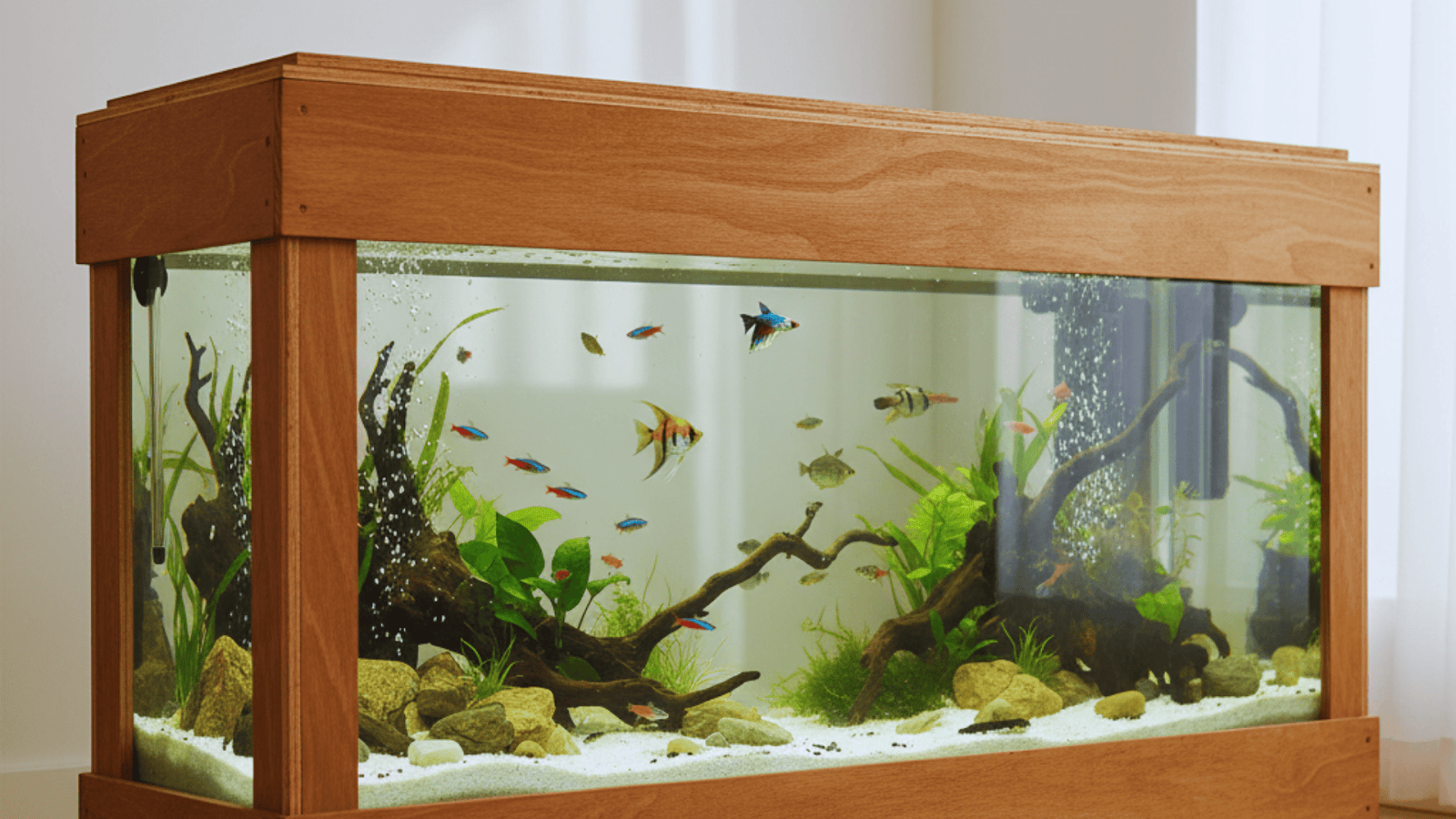
Lay down a thick, continuous bead of aquarium-grade silicone sealant evenly around the rebate.
Silicone serves as both an adhesive and waterproof seal. Carefully press the glass into place, ensuring full contact with the sealant. Wipe away excess promptly.
6. Clamp and Cure
Use clamps to secure the glass in place while silicone cures.
Clamping prevents shifting and ensures uniform pressure on seals. Allow at least 24-72 hours to cure fully depending on ambient conditions.
7. Double Sealing
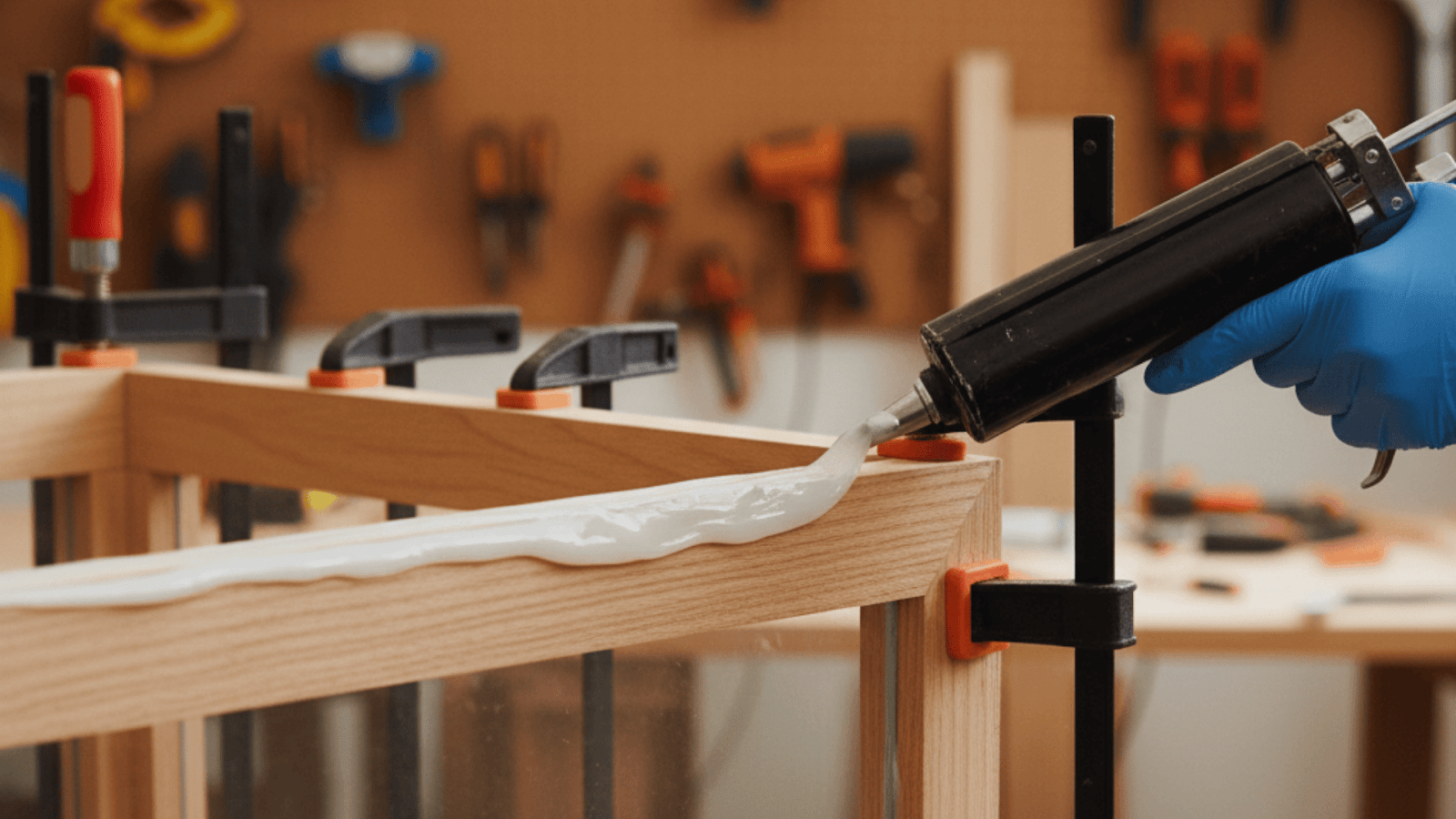
After initial curing, apply a secondary silicone bead on the external edge of the glass frame for added protection against water ingress and to account for any micro-movements between wood and glass.
8. Perform Hydrostatic Testing
Fill the tank progressively with water and carefully check all seals for leaks.
If detected, additional sealant applications and repairs should be done before finalizing décor and fish stocking.
Expert Tips for Long-Term Success
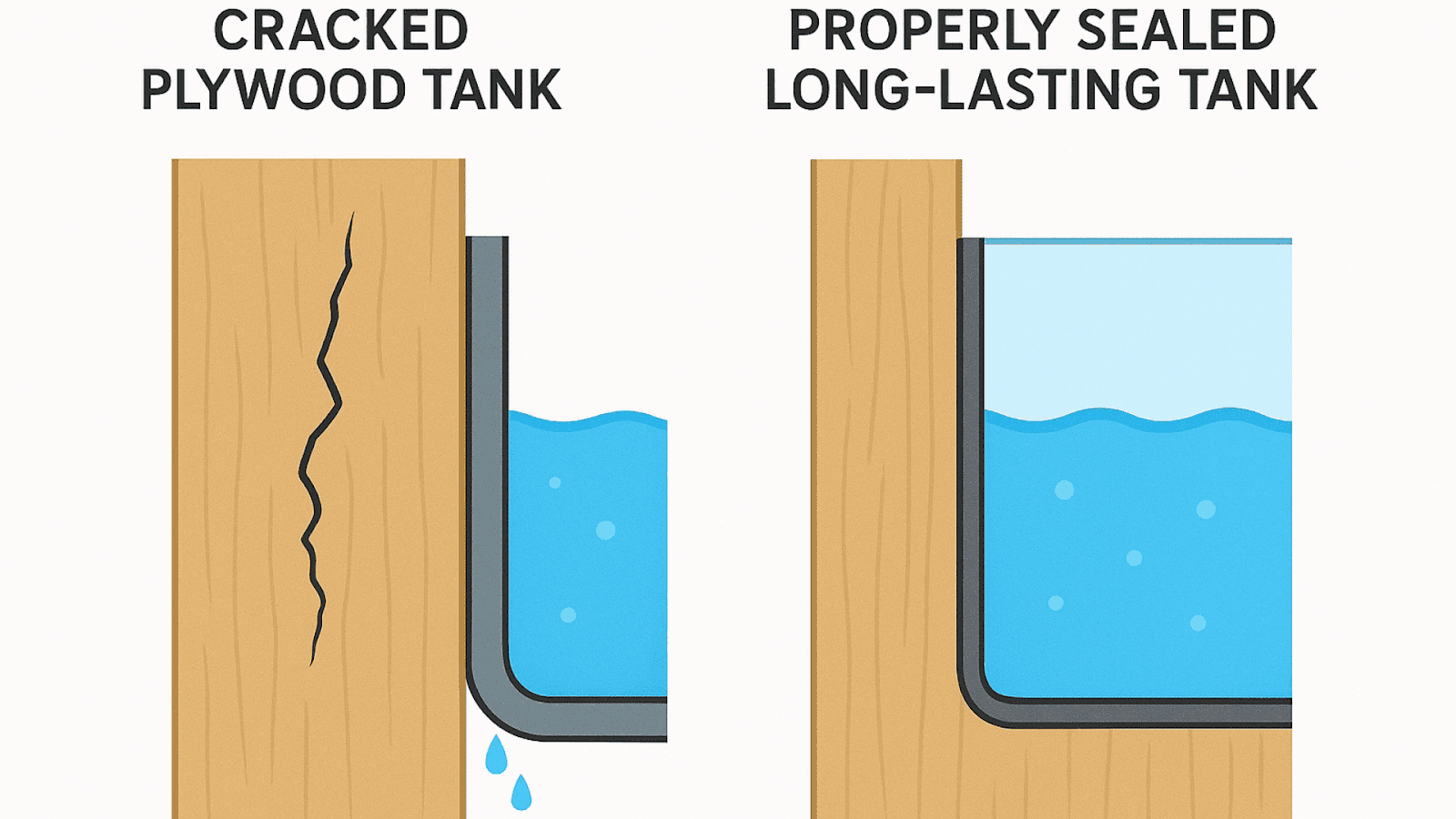
- Consider using compression gaskets between glass and plywood for enhanced elasticity.
- Avoid brittle coatings like polyester resin because they do not flex with wood.
- Regularly inspect and maintain seals, as even the best installations can degrade over time.
- When possible, consult aquarium glass installation pros to assess your design and method especially for large or high-pressure tanks.
Final Thoughts
Waterproofing glass in plywood aquariums is a nuanced process requiring precision, the right materials, and expert application techniques. Your success hinges on properly sealing the porous plywood, choosing the right glass type and thickness, and using high-grade aquarium silicone sealants with perfect framing.
A layered approach tailored to accommodate wood’s natural movement ensures durability and watery wonder for years. For those who want peace of mind and professional results, trusting a seasoned aquarium window installation expert is worth the investment. A well-sealed plywood aquarium is not just functional – it becomes a stunning centerpiece for aquatic life.
Expert Aquarium Window Installation
For the finest craftsmanship in aquarium glass installation, our experienced team at Hammerhead Aquatics combines decades of industry know-how and best practices proven to deliver watertight, beautiful results. You may reach us for a free quote.
If you have any questions about the process I just explained, feel free to leave a comment.
Cheers!
FAQs
1. Can I use regular silicone for sealing glass in plywood aquariums?
Regular silicone often lacks the durability and waterproof rating required for constant submersion. Marine-grade aquarium silicone is essential for reliability under water pressure and long-term adhesion.
2. What glass thickness is ideal for a 300-gallon plywood aquarium?
For 300 gallons, glass thickness depends on tank dimensions and depth. Typically, 3/8" to 1/2" tempered or laminated glass is recommended after calculating the water pressure load at the deepest point.
3. How do I prevent plywood from warping inside the aquarium?
Waterproof all plywood surfaces thoroughly with flexible epoxy or liquid rubber coatings. These membranes help plywood resist moisture absorption and dimensional changes.
4. Why is framing precision important for waterproof aquarium windows?
An uneven rebate frame leads to uneven glass pressure and sealant failure, creating leaks or cracks. Precision framing ensures the glass seats evenly and seals effectively.
5. How long should aquarium silicone cure before filling the tank?
Silicone typically requires 24-72 hours to fully cure depending on temperature and humidity. Rushing this process risks weak seals and leaks.
6. Can I do waterproofing myself or should I hire a professional?
DIY waterproofing is possible with the right materials and knowledge, but professional installation guarantees expertise in calculations, materials, and flawless sealing, minimizing risks especially for large or public aquariums.
For reliable, long-lasting waterproofing of glass in plywood aquariums, hiring seasoned professionals like Hammerhead Aquatics is highly recommended. Their expertise in precision framing, use of marine-grade sealants, and thorough surface preparation mitigates common issues like leaks, warping, or seal failures. This investment ensures a watertight aquarium that thrives visually and structurally for years. Consult Hammerhead Aquatics for customized guidance, free quotes, and expert installation to enjoy a beautiful, worry-free plywood aquarium.











